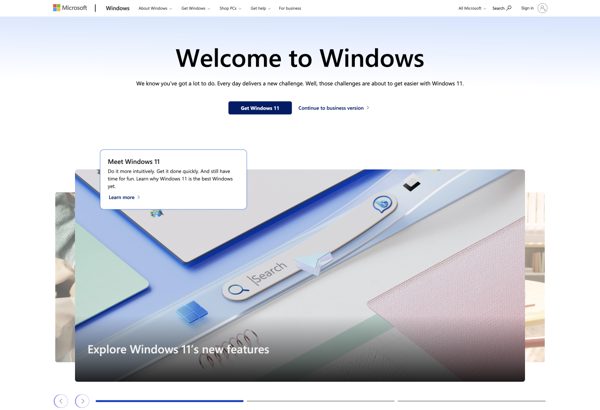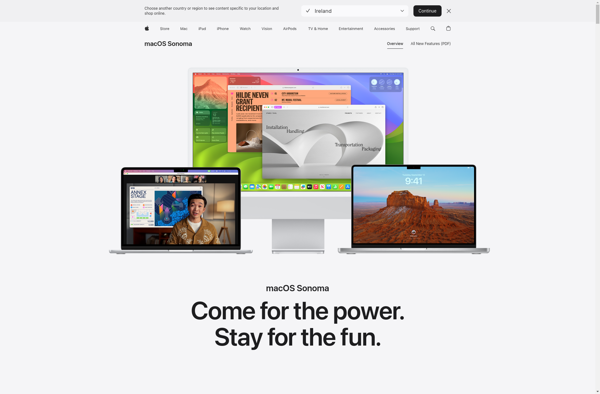Virtual Space
Virtual Space: Virtual Reality Software for Creating 3D Environments
Virtual Space allows users to create and explore 3D environments with customizable terrain, lighting, textures, and more. Suitable for architects, game developers, and creators.
What is Virtual Space?
Virtual Space is an immersive 3D design and visualization platform for creating detailed virtual environments. It provides intuitive tools for constructing digital worlds with high levels of visual realism and interactivity.
With Virtual Space, users can sculpt customized terrain and landscapes, design intricate building structures and architectures, apply realistic surface materials and lighting effects, populate scenes with various objects and assets, and bring their creations to life with physics and AI systems. The software is optimized to work with major VR headsets for breathing life into designs via embodied walkthroughs.
Key features include:
- Advanced terrain editing tools for shaping landscapes on a macro and micro level
- Modeling systems for constructing 3D mesh shapes, extruding designs, and more
- Expansive material and texture libraries for applying realistic details
- Lighting and atmospheric effects like fog and volumetrics
- Functional VR design review modes with interactive editing
- Visual scripting for adding logic, behaviors, simulations, and animations
- Import/export compatibility with common 3D file formats
- Collaborative multi-user editing in virtual workrooms
With its rich toolset and VR integration, Virtual Space provides an immersive platform for architects, urban planners, interior designers, game developers, and other creatives to model concepts in 3D, evaluate designs, and enhance spatial understanding. The high-fidelity visualizations enabled by the software allow judging proportions, scale, materials, lighting, and other details in a uniquely intuitive way.
Virtual Space Features
Features
- 3D modeling and sculpting tools
- Multi-user collaboration in VR
- Importing assets and environments
- Customizable avatars
- Voice chat
- Scripting and logic system
- Multiplatform - desktop, mobile VR, AR
- SDK for creating plugins and extensions
Pricing
- Freemium
Pros
Cons
Official Links
Reviews & Ratings
Login to ReviewThe Best Virtual Space Alternatives
Top Gaming Software and Virtual Reality and other similar apps like Virtual Space
Here are some alternatives to Virtual Space:
Suggest an alternative ❐Windows 10

Ubuntu

MacOS

Linux Mint

Windows 7

Arch Linux

Elementary OS

Debian

Fedora

Manjaro Linux

OpenSUSE

Kubuntu
